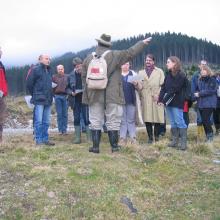
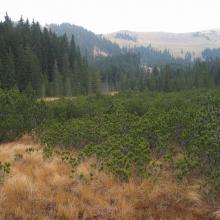
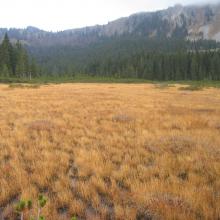
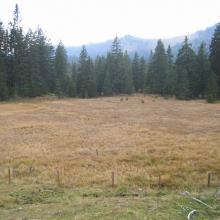
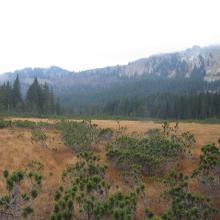
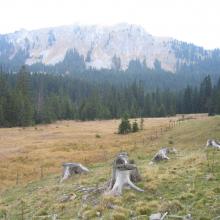
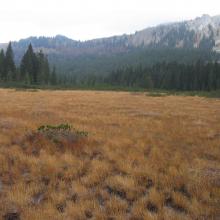
![[from left] Gerhard Sigmund (Ramsar Coordinator in the Ministry of Environment), Gert Michael Steiner (Institute of Ecology and Conservation Biology, University of Vienna), Reinhold Turk (Environment Ministry of Styria), Gerald Plattner (Nature Protection Unit of the Austrian Federal Forests-ÖBf AG) [from left] Gerhard Sigmund (Ramsar Coordinator in the Ministry of Environment), Gert Michael Steiner (Institute of Ecology and Conservation Biology, University of Vienna), Reinhold Turk (Environment Ministry of Styria), Gerald Plattner (Nature Protection Unit of the Austrian Federal Forests-ÖBf AG)](https://rsis.ramsar.org/sites/default/files/styles/risv_medium/public/RISapp/files/56632882/pictures/3AT017pic8.jpg?itok=-v3nFSmi)
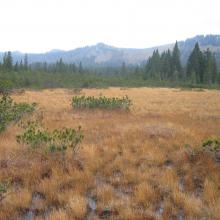
Moore am Nassköhr
- Country:Austria
- Site number:1404
- Area:211 ha
- Designation date:11-10-2004
- Coordinates:47°43'N 15°33'E
Materials presented on this website, particularly maps and territorial information, are as-is and as-available based on available data and do not imply the expression of any opinion whatsoever on the part of the Secretariat of the Ramsar Convention concerning the legal status of any country, territory, city or area, or of its authorities, or concerning the delimitation of its frontiers or boundaries.
Overview
Moore am Nassköhr. 15/10/04; Styria; 211 ha; 47°43'N 15°33'E; Nature Reserve. A karst depression of the northern limestone Alps which presents bogs, transitional mires, and fens.The site supports a high biodiversity of the associated mire vegetation; typical species include the Few-flowered Sedge (Carex pauciflora), the Sundews Drosera anglica, D. intermedia, and D. rotundifolia, Bogbean, Bog Swertia, and numerous moss species.The limestone bedrock is covered with a layer of impermeable shale at the origin of the formation of the peatlands, springs and streams. The streams flow into a meandering brook that vanishes into a "swallow hole", the Durchfall. The wetland has an important role in groundwater recharge and water retention, especially after heavy rainfall. 19th century peat extraction, long discontinued, still negatively affects the hydrology by lowering the water table and initiating erosion channels, and trampling by cattle has caused disturbance of the vegetation cover - under a joint project of the landowners, the Austrian Federal Forests, WWF- Austria, and the Institute of Ecology and Conservation Biology of Vienna University, begun in 2002, peat extraction and drainage are prohibited in the mires and a fence to prevent grazing has been set up. Outside the mires, sustainable forest management, hunting and pasturing are continuing. Ramsar site no. 1404. Most recent RIS information: 2003.
Administrative region:
Styria
- National legal designation:
- Nature Reserve
- Last publication date:11-10-2004
Downloads
Ramsar Information Sheet (RIS)
Additional reports and documents
- Taxonomic lists of plant and animal species occurring in the site
- Other published literature
